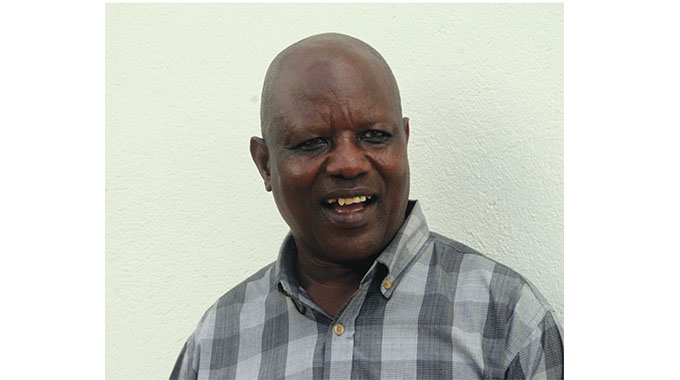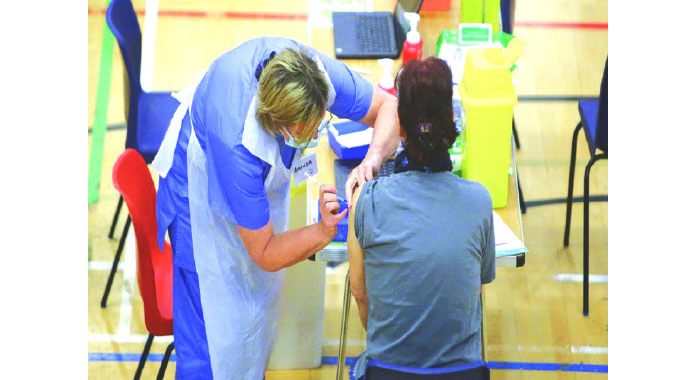Measures to take when self-isolating at home

THE increase in Covid-19 cases has resulted in many patients being isolated in their homes but unfortunately guidelines are not readily available on home management of an unwell person and how to prevent further spread to caregivers and the people they share the home with.
When one has been diagnosed of Covid-19 and is fit enough to stay at home, the self-isolation period is 10 days. It’s important to stay calm and focus on getting better. Other family members will take care of the day-to-day running of the household. One can stay connected via video/voice calls and text messages.
The patient should be placed in a well-ventilated single room. Household members should stay in different rooms and should not share bedroom with the patient. If not possible, a distance of at least 1,5 metres should be maintained from the patient; sleep in separate beds, the patient’s movement should be limited to their room, limit the number of caregivers, ideally one person who is in good health with no underlying medical conditions and strictly no visitors policy should be abided to until the patient has completely recovered.
We should wash hands with soap after any type of contact, when preparing food, before and after eating, after using the toilet and when hands are dirty. An alcohol-based sanitiser may also be used. Disposable paper towels may be used to dry off hands and if you choose to use cloth towels, you will need to replace them frequently.
Ideally a medical mask should be provided to the patient and to be worn as much as possible, a cloth mask can also be used. If the patient cannot tolerate a mask, they should use rigorous respiratory hygiene; covering mouth and nose with paper tissue when coughing.
Caregivers should wear a mask that covers their mouth and nose when in the same room. Masks should not be touched or handled during use.
To put on a surgical mask, position the mask to cover both nose and mouth.
Tie the two top ties first firmly at the back of the head. Tie the two bottom ties at the back of the neck. Bend the flexible metal tab above the
bridge of the nose to help secure the mask. The mask should conform to the shape of the face to minimise venting at the sides.
When using the mask with elastic bands, position the mask to cover both the nose and mouth with the bands looped behind each ear.
Adjust the flexible metal tab as described above. Once in position, handling of the mask and talking should be minimised.
A surgical mask becomes an ineffective barrier if the integrity is damaged or if it becomes wet (that is from perspiration, or if splashed with blood or other potentially infectious material). If this occurs, remove mask and replace it.
To remove the mask, untie the bottom ties. Untie the top ties, being careful not to let go of the mask with both hands. Masks with elastic bands should be removed by unlooping the bands from behind each ear, being careful not to drop the mask. Used masks must not be crushed or squeezed before discarding into a waste receptacle. (Hold mask by the string or rubber band). Discard used masks into an infectious waste container. Clean hands with sanitizer or soap under running water.
Avoid direct contact with body fluids, particularly oral and respiratory secretions and stools. Use disposable gloves when handling urine, stool, sputum pots and other waste. Do not reuse masks and gloves.
Procedures for putting on and removing gloves
Donning (putting on) of gloves; always check gloves for damage before using them. Use the correct size gloves that fit the hands comfortably.
Doffing (removing); Remove gloves and discard after single use or after handling specimens. To remove gloves, grasp the cuffed end of one glove with the other gloved hand and carefully pull off the held glove in a motion directed away from the body. Either dispose of this glove or hold it in the remaining gloved hand. Remove the second glove by placing a finger from the un-gloved hand between the cuff of the remaining glove and the skin of the wrist to form a hook.
Remove the second glove with a peeling motion, pulling it inside out and enclosing the other glove, if it is being held by that hand during the process. Take care not to splash other people or surfaces. Discard used gloves into the appropriate waste receptacle for infectious waste. Wash hands after removal of gloves.
Use dedicated linen and eating utensils for the patient; these items should be cleaned with soap and water after use and may be re-used instead of being discarded. Clean and disinfect surfaces that are frequently touched in the room where the patient is being cared for, such as bedside tables, bedframes, and other bedroom furniture. Regular household soap or detergent should be used first for cleaning, and then, after rinsing, regular household disinfectant containing 0,1 percent sodium hypochlorite (bleach).
Clean and disinfect bathroom and toilet surfaces at least once daily. Regular household soap or detergent should be used first for cleaning, and then, after rinsing, regular household disinfectant containing 0,1 percent sodium hypochlorite should be applied. Place contaminated linen into a laundry bag. Do not shake soiled laundry and avoid contaminated materials coming into contact with skin and clothes.
Avoid other types of exposure to contaminated items from the patient’s immediate environment (for example do not
share toothbrushes, cigarettes, eating utensils, dishes, drinks, towels, washcloths or bed linen)
Persons (including caregivers) who have been exposed to individuals with suspected Covid-19 are considered contacts and should be advised to monitor their health for 14 days from the last day of possible contact.
A balanced diet should be maintained. Vegetables and fruits will provide adequate vitamins and micronutrients that help the body’s defence against Covid-19. Supplements of Vitamin C, Vitamin D and Zinc have been seen to shorten the disease trajectory.
During isolation, one needs to learn how to conduct relaxation and calming techniques, breathing and meditation. For psychological support contact the national Bulawayo representative Dr Mawere [email protected] or your family doctor.
Dr Tatenda Simango can be contacted on [email protected] or follow him on Facebook@ 9th Avenue Surgery.











Comments